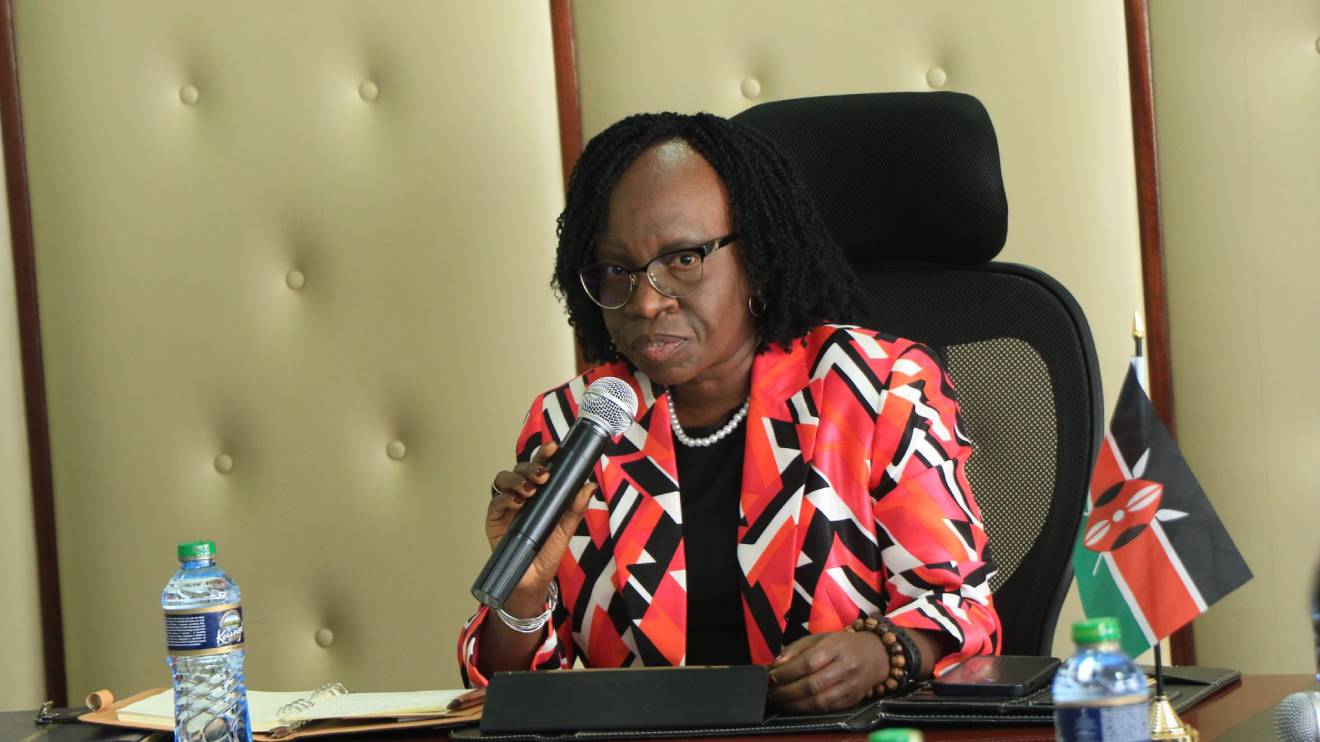There is no doubt that Kenyans who enjoy credit facilities will face a huge strain following the decision by the Central Bank of Kenya (CBK) to raise the benchmark lending rate to the highest points in 11 years.
The Monetary Policy Committee (MPC) raised the CBK rate by 200 basis points from 10.5 per cent to 12.5 per cent in a decision it explained was meant to tame inflation and support the besieged Kenya shilling.
The increase in the CBK rate by two percentage points, as announced in a statement released on December 6, is the highest since September 5, 2012, when it was at 13 per cent.
The higher rate will force banks to reprice their loans and strangle customers who are already grappling with the high cost of living and more deductions that have hampered their abilities to repay their loans.
CBK raised the rates ignoring passionate pleas by commercial banks to retain it at 10.5 per cent arguing that it will help manage the depreciating Kenya shilling which has made servicing of foreign debts and imports costlier.
Read More
“The MPC noted that the exchange rate depreciation continues to exert upward pressure on domestic prices thereby increasing the cost of living and reducing the purchasing power,” said MPC in their statement.
“The MPC therefore concluded that there is a need to adjust the monetary policy stance to address the pressure on the exchange rate and mitigate second round effects including from global prices,” the committee went on.
But this comes when banks are grappling with a tough macroeconomic environment that have seen their Non-Performing Loans (NPLs) surge markedly as captured in their Q3 results.
Commercial lenders have already started to sharply increase the cost of borrowing amid fears that the interest rates could levels that were last witnessed more than 20 years ago.
As a result, borrowers will be forced to carry the burden of servicing bigger loans as they also balance with the fast-rising cost of living and statutory deduction due to new levies.
Concerns are also rife that the hiked interests on bank loans could lower the appetite by individuals and businesses for fresh credit and could result in a spike in loan defaults in Q4.
The revision by the regulator also risks President William Ruto’s ambitious plan to collect more revenue to help spur economic growth given the high taxation regime is already making the Kenya Revenue Authority (KRA) to struggle to meet its ambitious targets.
However, even as banks revise their lending rates upward in reaction to the move by CBK, there is need for the lenders to also consider the plight of their already battered customers.
Commercial banks should consider the financial and mental wellbeing of their customers during this period by cushioning them using various measures or risk losing many of them.
Lenders should continue with their elaborate and ambitious measures to drive inclusivity and increase access by majority of Kenyans to financial services despite the move by CBK.
Among the remedial steps banks are adopting include deploying responsible lending measures, risk-based lending and negotiating repayments to ensure a stable credit flow.
Even as they do this, they should consider adopting measures that will reduce the impact of the Central Bank Rates on the customer repayment by also absorbing some of the shocks.
But the most critical decision the commercial banks need to give prominence, away from profit considerations, is the adoption of non-financial assistance to drive customer wellness.
Banks can drive this by allocating more budgets for such endeavors, empowering their customers to make sound financial decisions and enabling them with more investment tools.
With these, among other assisting measures, the lenders can exhibit they care about more than just profits and will assist their customers to weather the current economic storm and entrench financial models that will ensure sustainability when the economy bounces back.





-1753808187.jpeg)






